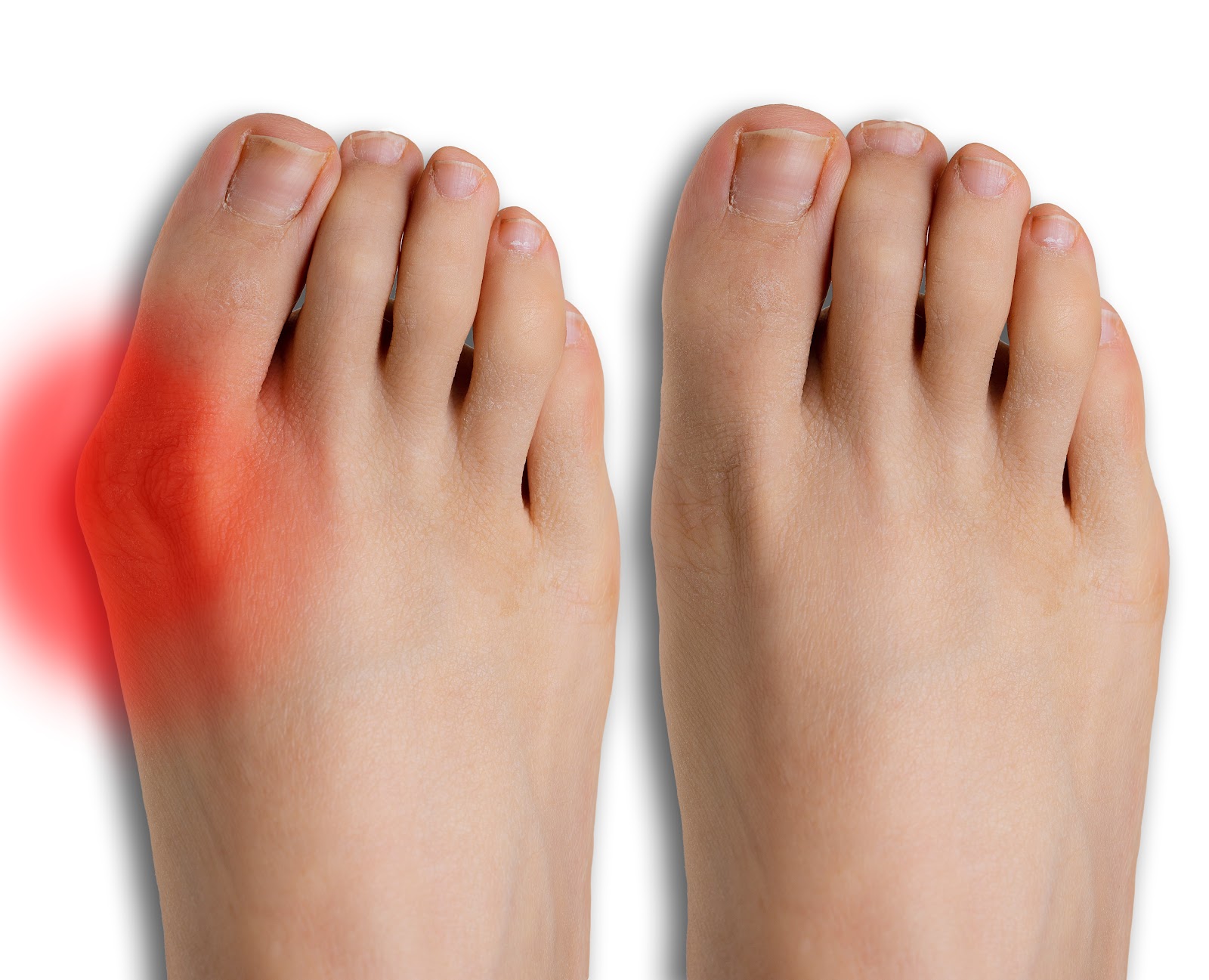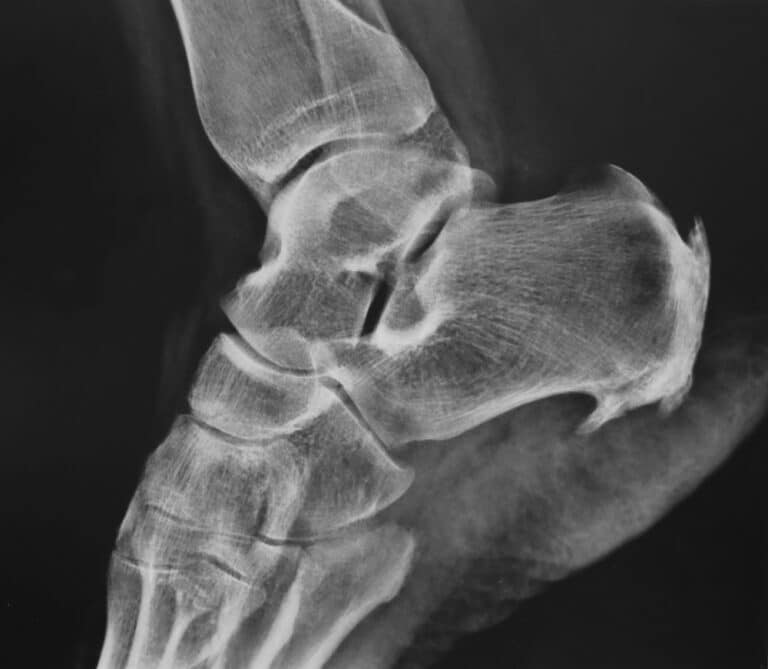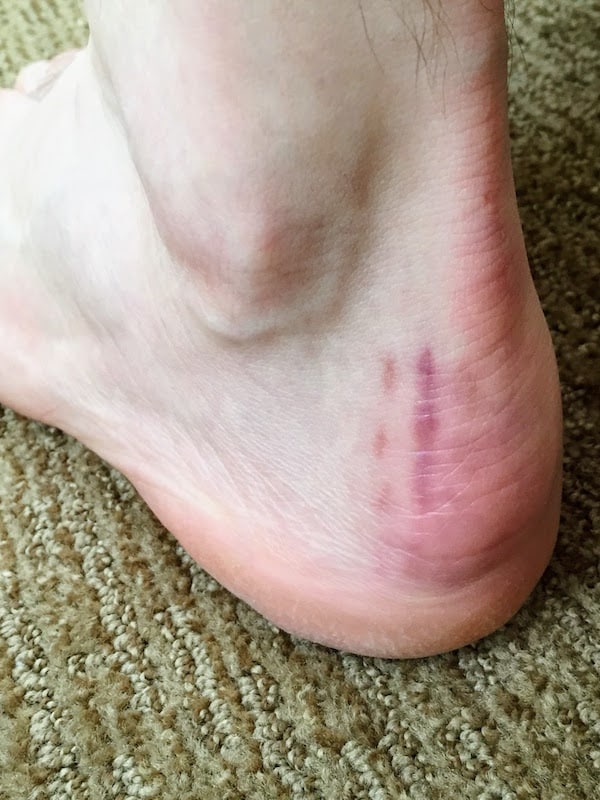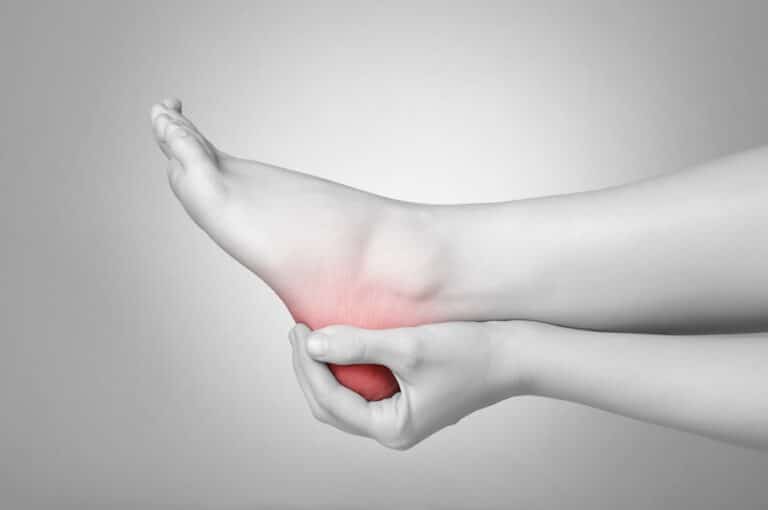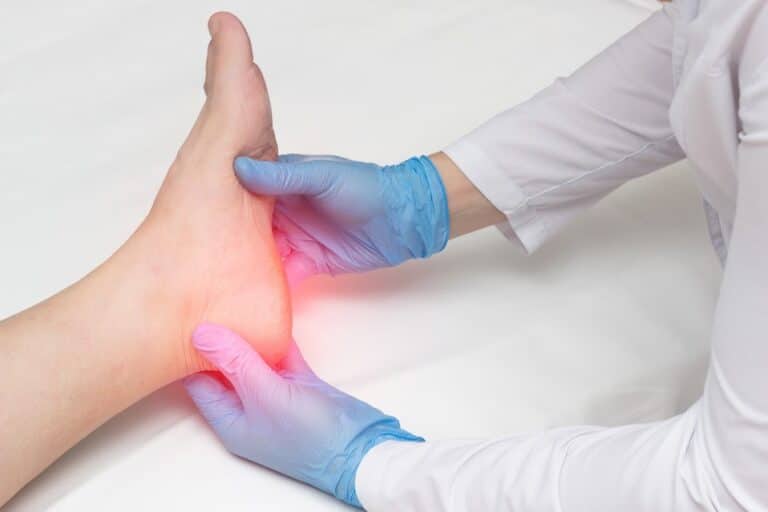How to tell if the shape of your foot is normal or if you have a bunion? It can be easy to confuse a slightly different foot shape with a bunion, so what are the criteria for bunions? We’ve explained how to distinguish between a normal foot vs. a bunion.
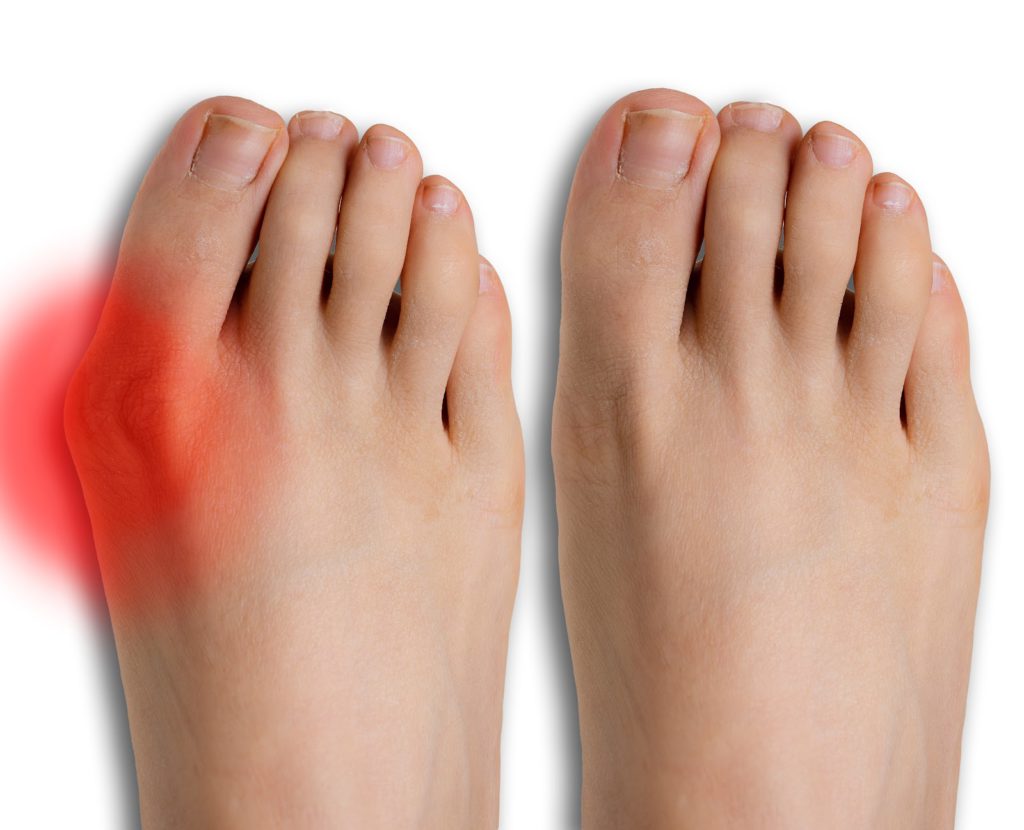
How Is the Anatomy of the Foot Different?
A bunion deformity is a condition in which the alignment of the bones in the foot is disturbed. The anatomy of the foot is changed regarding the position of the first metatarsal bone – it is pushed inwards, and that’s what forms the bony protrusion on the inside of the foot.
What Causes Bunions and How They Develop?
The cause of a bunion is an issue in the biomechanics of the foot – but this can happen due to many different reasons. Sometimes, it’s just thanks to your genetics – some people simply have a predisposition for developing bunions. In other cases, changes in the structure of the foot are caused by injuries.
Another common occurrence is bunion development due to inflammatory diseases that affect the foot – for example, rheumatoid arthritis. Bunions develop slowly over the course of years. At first, you may not notice a bunion since it’s just a small bump, but as it progresses, the deformity becomes more obvious.
What Are the Signs and Symptoms of a Bunion?
The severity of the symptoms and signs can vary drastically from patient to patient. Some are lucky and don’t feel any pain or discomfort. Others experience pain when wearing tight shoes or high heels or when walking and running. Still, there are some cases where the pain can be constant, but this only happens in severe cases – when people have been putting off seeing their foot doctor for years. Apart from pain, there can be redness in the area of the bunion, swelling or stiffness of the big toe joint, and reduced mobility in the joint.
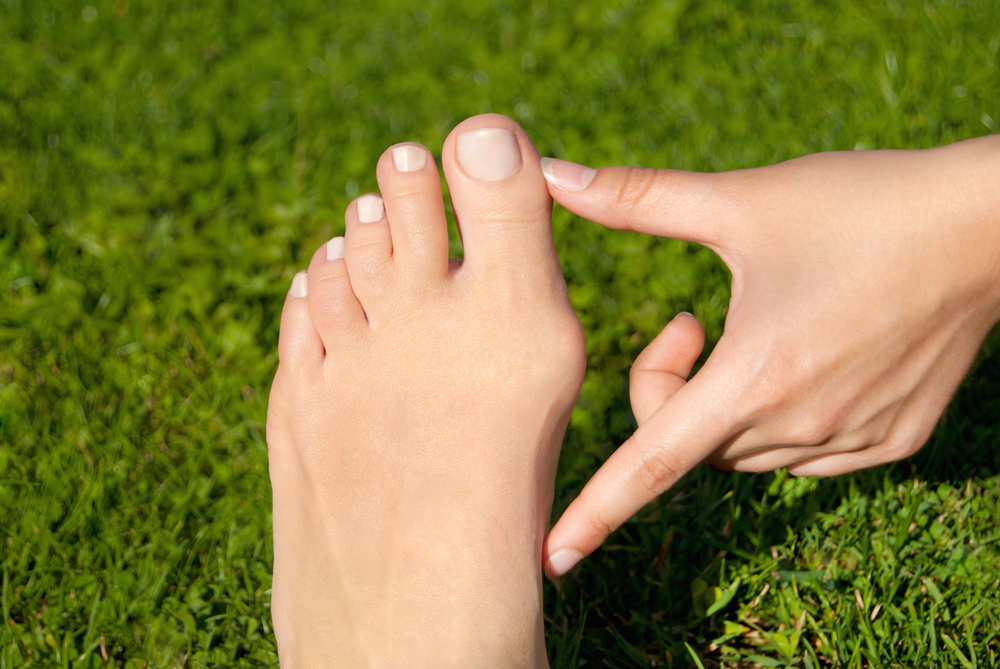
How Bunions Affect Foot Health?
Bunions change the appearance of your feet, which makes them a cosmetic problem, but they are so much more than just that. The pain and other accompanying symptoms of this deformity can affect your day-to-day life and interfere with regular activities. Additionally, bunions can lead to other foot problems – corns and calluses can form on the skin on top of the bunion.
When Should You Visit the Doctor?
There’s no strict timeline, but the general rule is to pay a visit to your doctor as soon as you notice that something’s wrong. Don’t wait until you have unpleasant symptoms that make your everyday life complicated. Even if you’re not sure of the difference between a normal foot vs. a bunion, it’s better to go and ask your doctor to examine you. If you do indeed have a bunion, this will ensure you get treatment on time – you’ll make your life easier.
A Foot Expert in Miami Can Help You Get Rid of Bunions
One of the most important questions is who to turn to for treatment. Finding a great podiatrist can take time, but you’re in luck – you’ve found Luxe Foot Surgery clinic, a place with a team of experts who can help you get rid of bunions swiftly. Contact us to book your appointment and get the treatment you deserve!
FAQ
Is It a Bunion or Just My Foot?
If you’re not sure whether you have a bunion or your foot is simply shaped in a certain way, you should consult with a foot doctor. Keep in mind that bunions are painful – the mobility of your big toe joint can be compromised.
What Can Be Mistaken for Bunions?
If a patient complains of bunion pain, the doctor will have to rule out a few other conditions, such as rheumatoid arthritis, gout, osteoarthritis, bursitis, or a cyst.
References
- Cleveland Clinic – Bunions (Hallux Valgus)
